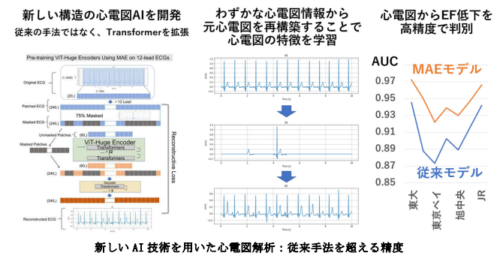2024-08-13 ペンシルベニア州立大学(PennState)

Credit: Prostock-Studio/Getty Images. All Rights Reserved.
<関連情報>
- https://www.psu.edu/news/research/story/less-sleep-and-later-bedtime-childhood-linked-future-substance-use/
- https://www.sciencedirect.com/science/article/abs/pii/S1047279724001674
小児期の睡眠は思春期のアルコールとマリファナの使用と前向きに関連する Childhood sleep is prospectively associated with adolescent alcohol and marijuana use
Akshay S. Krishnan, David A. Reichenberger, Stephen M. Strayer, Lindsay Master, Michael A. Russell, Orfeu M. Buxton, Lauren Hale, Anne-Marie Chang
Annals of Epidemiology Available online: 21 July 2024
DOI:https://doi.org/10.1016/j.annepidem.2024.07.048
Abstract
Introduction
Prior studies have examined the cross-sectional relationship between adolescent sleep and substance use; however, fewer have explored the long-term connections between childhood sleep and adolescent substance use.
Methods
This study investigated both cross-sectional associations during adolescence and prospective associations between childhood weeknight sleep and later alcohol and marijuana use in the Future of Families and Child Wellbeing Study, a diverse national birth cohort of urban children from 20 cities with populations greater than 200,000. Parents reported their child’s bedtime at ages 3, 5, and 9 and their child’s sleep duration at ages 5 and 9.
Results
At age 15, adolescents self-reported their bedtime, sleep duration, and alcohol and marijuana use (n = 1514). Logistic regression analyses for each substance use outcome at age 15 were adjusted for sex, age at time of assessment, race/ethnicity, income-relative-to-poverty threshold, family structure, and caregiver education level. At age 15, later bedtime (AOR=1.39; 95 % CI=1.22, 1.57) and shorter sleep duration (AOR=1.28; 95 % CI=1.14, 1.43) were associated with greater odds of consuming a full drink of alcohol more than once, and later bedtime was associated with greater odds of trying marijuana (AOR=1.35; 95 % CI=1.20, 1.51). Unexpectedly, later bedtimes at age 3 were associated with lower odds of drinking alcohol by age 15 (AOR=0.74; 95 % CI=0.59, 0.92). In contrast, later bedtimes at age 9 were associated with greater odds of drinking alcohol (AOR=1.45; 95 % CI=1.11, 1.90). Additionally, later bedtime at age 5 (AOR=1.26; 95 % CI=1.01, 1.58) and shorter sleep duration at age 9 (AOR=1.19; 95 % CI=1.04, 1.36) were associated with greater odds of trying marijuana. Conclusion: Taken together, these associations support the importance of protecting childhood sleep habits to reduce the likelihood of substance use starting as early as mid-adolescence.
Implications and contribution
In this longitudinal cohort study, adolescents were more likely to have consumed alcohol or tried marijuana by age 15 if they had later bedtimes and shorter sleep duration during childhood and adolescence. Protecting sleep health throughout childhood may reduce the likelihood of substance use during early adolescence.


